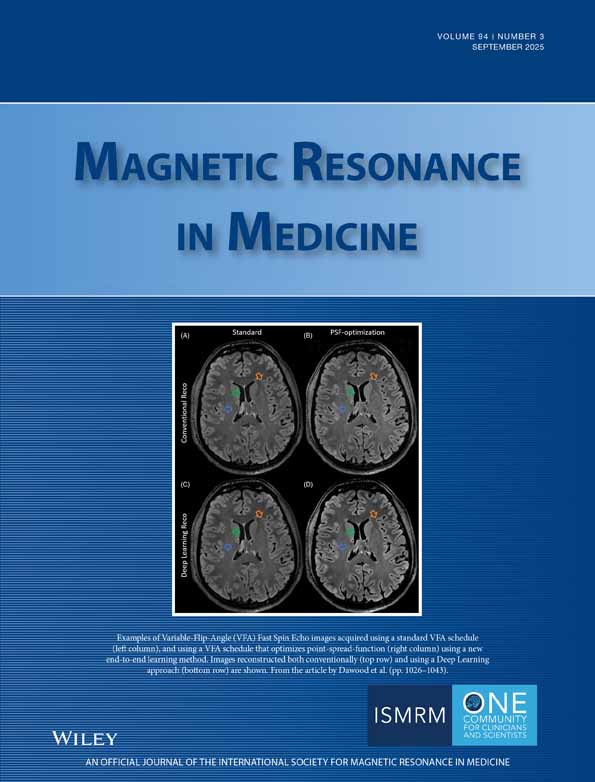In vivo monitoring of tissue pharmacokinetics of liposome/drug using MRI: Illustration of targeted delivery
Abstract
The purpose of this study was to determine if MnSO4/doxorubicin (DOX) loaded liposomes could be used for in vivo monitoring of liposome concentration distribution and drug release using MRI. In vitro results show that T1 shortening correlates with MnSO4 concentration. Using a temperature-sensitive liposome formulation, it was found that MnSO4 release significantly shortened T1. This feature, therefore, suggests that content release can also be measured with these MnSO4-loaded liposomes. The feasibility of monitoring this drug delivery and release-imaging agent was shown in a murine tumor model. Upon tumor heating, nonthermally sensitive liposomes selectively but heterogeneously accumulated in the tumor region. The thermally sensitive liposomes showed a clear pattern of accumulation at the periphery of the tumor, concordant with the release temperature of this formulation (39–40°C). This liposome contrast agent has potential for use with hyperthermia by providing individualized monitoring of tissue drug concentration distribution during or after treatment. This would allow for: 1) modification of treatment variables to improve the uniformity of drug delivery, and 2) provide a means to select patients most likely to benefit from this liposomal drug treatment. Additionally, the drug-loading method used for this liposome is applicable to a wide range of drugs, thereby broadening its applicability. The method is also applicable to other liposomal formulations with triggered release mechanisms. Magn Reson Med 51:1153–1162, 2004. © 2004 Wiley-Liss, Inc.




